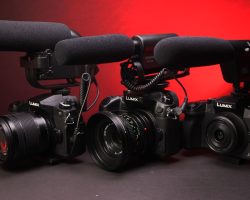
Which Microphones Should You Invest In?
Almost everyone likes to capture the moment. Parents like to capture their children from newborn until they are adults because it is a precious moment that they will not return. Moments can be well preserved into a beautiful memory with today’s digital equipment such as smartphones or video cameras.
Video images can be exciting, dramatic, beautiful, or shocking, but the image is only a part of the picture, so to speak. Good, clean audio can make or break a production. Background noise, hiss, muffled vocals, distortion or other factors can all make a good video bad.
We all know that audio is captured through a microphone, but without going so far as to hire a sound engineer to join us on shoots, what can we add to our setup to ensure decent audio quality?
Let’s take a quick walk through some of the basic microphone types, and why we might want to use them.
Built-In Camera Microphone
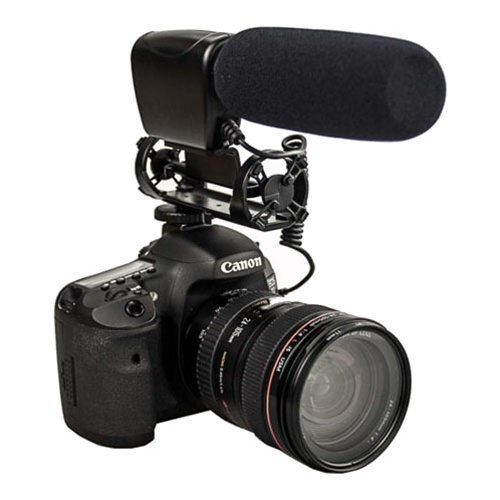
This is probably the least desirable of the options, and video pros and enthusiasts alike will talk down about the relative merits or drawbacks of the built-in microphone, but listen to yourself on this one. While the audio quality is not going to be great with a built in microphone, it might be all you need. Filming your kid’s soccer game? Taking a camera along on an evening stroll? It’s important to assess the application of the final video to determine what’s worth bringing along. If you’re doing something where the final video doesn’t need great audio, and the time and hassle of attaching an external device will take away from the moment, just toss a camera in your bag and be done with it.
Of course, if a bit of nicer audio is going to make a difference, maybe you’d consider bringing along a simple…
Shotgun Microphone
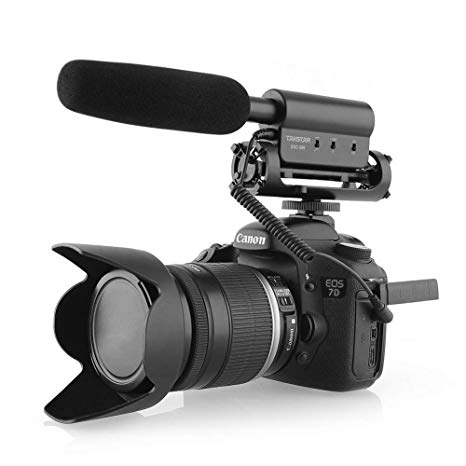
Sitting atop of the camera is the proud shotgun microphone.Highly directional, a sensitive shotgun microphone should make a substantial improvement over the camera’s built in mic. This said, a shotgun will generally be a fair distance from a subject, so be thoughtful of the mic’s capabilities as they relate to the project at hand. If you’re shooting an interview, you’ll want to get close enough to make the speaker’s voice the dominant sound by a large margin. If you’re filming the soccer game, you needn’t worry as such.
Shotgun mic’s come in a variety of shapes and sizes, with prices ranging from around the cost of a case of beer, all the way through the stratosphere. Most camera stores will let you test out a couple of them to see how they work on your camera, but YouTube will be your true friend in this case. Head there to hear the results others have captured using various shotgun microphones.
Boom Microphone
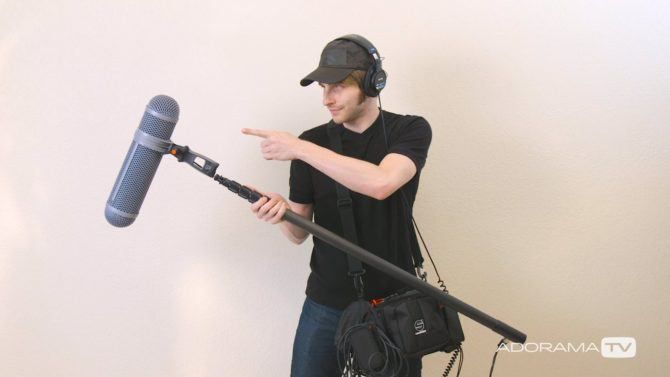
Like the shotgun mic, the boom microphone is a directional microphone designed to work better than your camera’s internal microphone. Mounted at the end of a long pole, the boom mic will either be placed on a stationary stand or moved to accommodate a scene by a special operator.
The real benefit of a boom mic is that it can be positioned to capture excellent audio from a close proximity to the subject. No wires or devices will be visible on camera. This is a bonus.
Of course, closer is better, and nothing gets closer than a…
Lavaliere Microphone
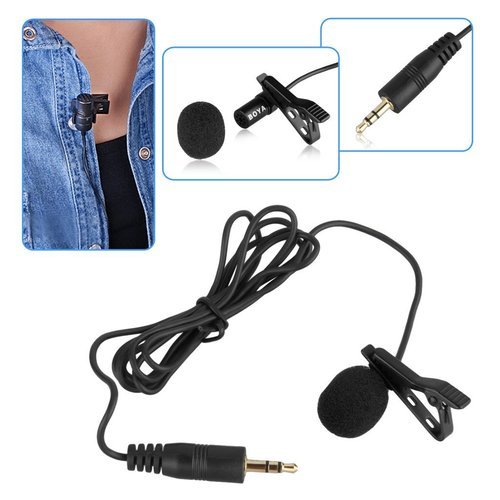
A lavaliere, lapel or lav microphone is a versatile microphone designed to clip to a subject’s lapel, shirt or other garment. The idea is that a lav mic can be hidden, and it will sit closely to a subject’s mouth, delivering clear, crisp vocal audio.
There are wired and wireless models on the market now, with options at nearly any price point. The value of owning a wireless lav mic is proven every time you want to put a subject in front of the lens. The difference in audio between this and other options is clear, and the ability to achieve clean audio without the assistance of a boom operator is a true plus.

